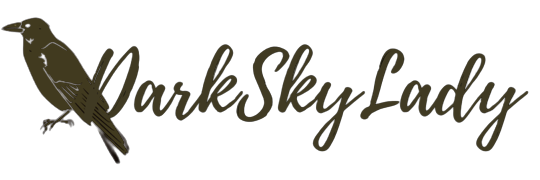Miyuu’s sorrow resonates with a lot of creative people. Moreover, that mix of conceit and imposter syndrome is rampant in plenty of artistic individuals.
The Essence of Being a Muse 3 marks the end of the manga and Miyuu’s journey to self-discovery. One of the most intriguing aspects is the averageness of Miyuu. The series emphasizes that she does not excel at art. However, that adds to the authenticity of her struggles and self-doubt. Reaching emotionally turbulent heights in The Essence of Being a Muse 3 brings familiarity, yet it rushes to an abrupt end.
Created by Aya Fumino, translated by Ajani Oloye, and lettered by Lys Blakeslee, the last volume starts with a bit of backstory on Miyuu and present-day narration. The Yen Press manga covers the final six chapters. One aspect that feels incomplete is how characters come in and have a much more minor role than anticipated. However, it captures the challenges of finding and being one’s self. It just wraps too soon.
The Essence of Being a Muse 3 Is an Emotional Whirlwind
Miyuu’s sorrow resonates with a lot of creative people. Moreover, that mix of conceit and imposter syndrome is rampant in plenty of artistic individuals. So, Miyuu’s frailty one moment and cruel lashing out at the man selling rings is not surprising. While trying to copy another artist, Miyuu struggles to justify her choice, internally raging that it’s her. But emulating another risks losing the opportunity for self-discovery. Yet, with art’s subjectivity, it’s possible to have talent that goes unrecognized at the time, as many artists experienced.

Truthfully, Miyuu’s mother has similar emotional struggles. Seeing herself as ordinary, she settled for someone she felt fortunate to get. Her mother blames herself for Miyuu. Yet she demands more of Miyuu while resenting her, too. An aspect lacking here is therapy. As seen in the manga, their outbursts show they both experience self-loathing. Often, sorrow to that degree does not fade without some degree of professional assistance. Still, including the mother’s past in The Essence of Being a Muse 3 highlights their parallel pain.
It Ends Too Soon Without a Clear Transition to Miyuu’s Growth
Throughout all three volumes, most of Miyuu’s emotions are “negative.” However, given Miyuu’s insecurities, it’s no surprise. Still, the final manga shifts from her upset and unsure to later, where she’s happier. But there is no clear through point showing how she learned to manage her fears or learn about herself. As it’s the last book, this is a letdown. Forgoing how Miyuu or her mother changed ignores the severity of what they felt. On top of that, it implies that they “solved” the problem independently.
Overall, The Essence of Being a Muse 3 captures the seesawing emotions many artists experience. Miyuu’s realistic back-and-forth between determination and quitting is a familiar, pained refrain. Still, the story ends too abruptly, bypassing a realistic end for a pat one. It does not tie everything together but shows despite unanswered questions, Miyuu is fine. Taken with the prior two volumes, The Essence of Being a Muse is special and unique. With the last volume alone, The Essence of Being a Muse 3 incurs hurt, hope, and frustration for its incomplete ending.



